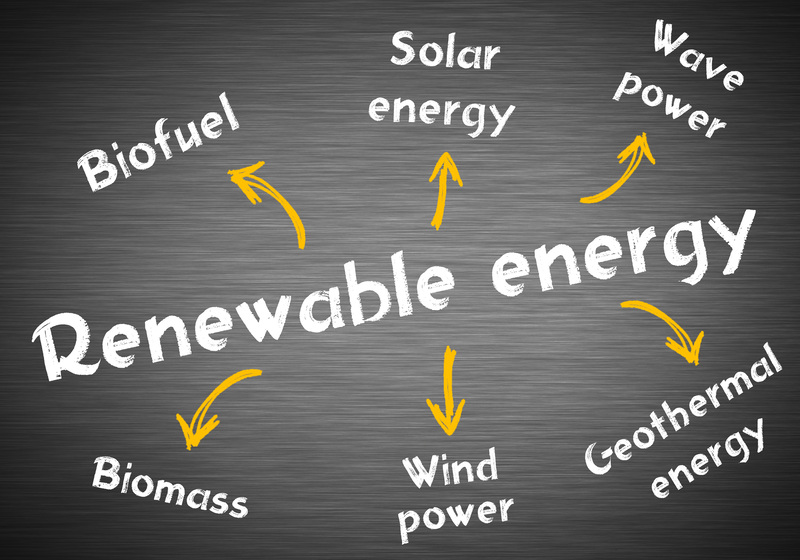Integrate Seamless Recycling Practices in School Routines: A Complete Guide
Today, sustainability is more important than ever. Schools, as centers of learning and community, play a pivotal role in shaping the next generation's mindset about the environment. By fostering effective recycling strategies, institutions can create lasting, impactful change. In this comprehensive guide, we explore how to integrate seamless recycling practices in school routines, ensuring that eco-friendly behavior becomes second nature for students and staff alike.
Why Integrating Recycling in School Routines Matters
Sustainable habits cultivated during school years often stick for a lifetime. Embedding recycling practices in daily school routines offers multifaceted benefits:
- Environmental Impact: Minimizes landfill waste and conserves natural resources.
- Educational Value: Increases students' awareness of environmental issues and responsibility.
- Community Engagement: Encourages families and local communities to participate in sustainability efforts.
- Financial Savings: Reduces waste disposal costs and supports school-budget optimization.
- Leadership in Sustainability: Positions the school as a model for eco-friendly practices.

Assessing Current School Recycling Efforts
Before implementing new strategies, it's vital to evaluate your school's existing waste management systems. Answering the following questions helps to identify gaps and set realistic goals:
- What types of waste are produced most frequently at your school?
- Where are recycling bins located, and are they used correctly?
- How well informed are staff and students about recyclable materials?
- Are there recycling policies or initiatives currently in place?
- Who oversees waste management within the school?
Document your findings and use them as a baseline for improvement. An honest audit is the first step to seamlessly integrating recycling into school routines.
Strategies to Seamlessly Integrate Recycling in School Life
Successful recycling integration relies on strategic planning, engaging both students and staff, and using creative approaches. Here's how to embed sustainable habits into the fabric of school operations:
1. Make Recycling Bins Ubiquitous and User-Friendly
The placement and design of recycling bins can make or break your efforts. Consider the following:
- Visibility: Place bins in high-traffic areas like cafeterias, hallways, and entrances.
- Clear Labelling: Use colorful signs and images to demonstrate what goes into each bin.
- Multi-Stream Sorting: Provide options for paper, plastic, metal, and organic waste where possible.
- Accessibility: Ensure bins are at the right height for younger children and accessible for all abilities.
Properly deployed bins invite participation, helping to integrate recycling into everyone's routine with minimal effort.
2. Integrate Recycling Education into the Curriculum
Learning about recycling should be woven into multiple subjects--not just environmental science. Here's how:
- Science: Explore the impact of waste and recycling on ecosystems.
- Math: Calculate the theoretical reduction in waste from increased recycling rates.
- English: Encourage essays or debates on recycling initiatives.
- Art: Create recycled-material projects or poster campaigns.
This multidisciplinary approach ensures recycling becomes part of daily thought processes rather than an infrequent activity.
3. Appoint Student Recycling Ambassadors
Empower students to take the lead by forming a Recycling Club or appointing Recycling Ambassadors. These students can:
- Monitor bins for contamination (inappropriate items).
- Lead awareness campaigns and school assemblies.
- Organize recycling challenges between grades or classes.
- Provide feedback on the program's progress.
Such peer-led initiatives foster ownership and pride in the school's green credentials.
4. Partner with Local Recycling Facilities and Experts
External partnerships enhance your school's recycling efforts. Experts can offer:
- Educational Workshops: Practical demonstrations of sorting and processing recyclables.
- School Tours: Educational trips to recycling plants.
- Waste Audits: Professional assessment and recommendations.
Engagement with local recycling facilities grounds classroom theory in real-world practice.
5. Incentivize and Celebrate Recycling Achievements
Recognize and celebrate success to reinforce positive behavior:
- Monthly awards for classrooms or individuals displaying commitment to recycling.
- Public recognition in school assemblies or newsletters.
- Fun competitions or "waste reduction challenges".
Gamifying the process increases participation and enthusiasm among students.
6. Encourage Waste-Free Lunches and Responsible Packaging
Schools produce a significant amount of waste from packed and cafeteria lunches. Reduce this footprint by:
- Encouraging reusable containers, bottles, and lunchboxes.
- Posting guidelines for parents about minimally packaged lunch options.
- Collaborating with cafeteria suppliers to minimize single-use plastics.
These actions help integrate sustainability into daily routines beyond just recycling.
7. Embed Recycling into School Events and Extracurriculars
From sports days to school fairs, all events produce waste. Deliver messages by:
- Offering waste sorting stations at every event.
- Making recycling a requirement in planning documentation.
- Engaging parent volunteers to model best practices.
Sustainability should be a year-round commitment, not just weekday practice.
Monitor, Adapt, and Innovate: Keeping Recycling Seamless
Achieving seamless recycling requires regular review, adaptation, and innovation.
Conduct Regular Waste Audits
Regularly inspect bins and measure overall waste output. This helps pinpoint:
- Areas where contamination is high.
- Departments or grades showing outstanding improvement.
- Recyclable materials that are being missed.
Gather Feedback
Solicit honest feedback from staff, students, and custodial teams. Simple surveys or suggestion boxes can reveal:
- Unclear signage or confusing bin placement.
- Suggestions for additional recycling opportunities.
- Barriers faced by particular groups (e.g., younger students or those with mobility needs).
Update Practices with New Technologies and Policies
The recycling landscape is always evolving. Keep up by:
- Introducing smart bins that measure recycling rates.
- Adopting app-based reporting for recycling ambassadors.
- Staying updated on municipal recycling policy changes.
Examples of Seamless Recycling Integration at Schools
Let's explore some real-world examples where schools have successfully integrated recycling practices into daily routines:
1. The "Zero-Waste Lunchroom" Initiative
A primary school in California implemented a zero-waste lunchroom policy. They provided each student with a set of reusable containers, launched an educational campaign, and assigned lunch monitors to help sort waste. Within six months, landfill waste from lunches dropped by 75%.
2. Recycling Olympics in a Toronto High School
To gamify recycling, this school created teams by grade level that competed to recycle the most correctly sorted material. The winning class received a pizza party, and overall waste reduction increased by over 30%.
3. Student-Led Waste Audits in the UK
A group of student eco-ambassadors in a British secondary school began weekly waste audits, reporting back to staff with recommendations. Their input led to an overhaul of bin locations and signage, resulting in a 50% reduction in recycling contamination rates.
Overcoming Challenges in School Recycling Integration
No initiative comes without obstacles. Here are common challenges faced when schools aim to embed seamless recycling practices in routines, with practical solutions:
- Resistance to Change: Use consistent communication, student involvement, and celebrate small wins to shift attitudes.
- Contamination of Recyclables: Focus on ongoing education and better signage; provide hands-on sorting demonstrations.
- Budget Constraints: Seek grants, local business sponsorships, or partner with municipal programs for equipment and incentives.
- Lack of Time for Staff: Delegate roles to students, parent volunteers, or a designated sustainability coordinator.
- Local Infrastructure Limitations: Work with local authorities to improve collection or adapt programs to fit available services.

Long-Term Benefits of Seamless School Recycling Practices
The ripple effect of integrating sustainable recycling habits in schools extends far beyond the campus:
- Life-Long Environmental Awareness: Students carry eco-conscious habits into adulthood.
- Community Impact: Families and neighborhoods often follow the example set by local schools.
- Positive School Reputation: A visible commitment to sustainability can increase enrollment and attract partners.
- Resource Efficiency: Reduced waste leads to ongoing cost savings and streamlined facility management.
- Societal Transformation: Today's eco-aware students become tomorrow's leaders and innovators.
Conclusion: Make Seamless Recycling a Cornerstone of Your School Culture
Integrating recycling practices so thoroughly into school routines that they become an effortless habit is not just a dream--it is an achievable reality. Start with honest assessment and strategic planning, involve everyone from students to the wider community, and continuously adapt and celebrate progress.
By making recycling seamless in your school's everyday rhythm, you are not only helping the planet but also educating and empowering the next generation to become champions of sustainability.
Take the first step today and watch as a culture of environmental stewardship blossoms in your school.